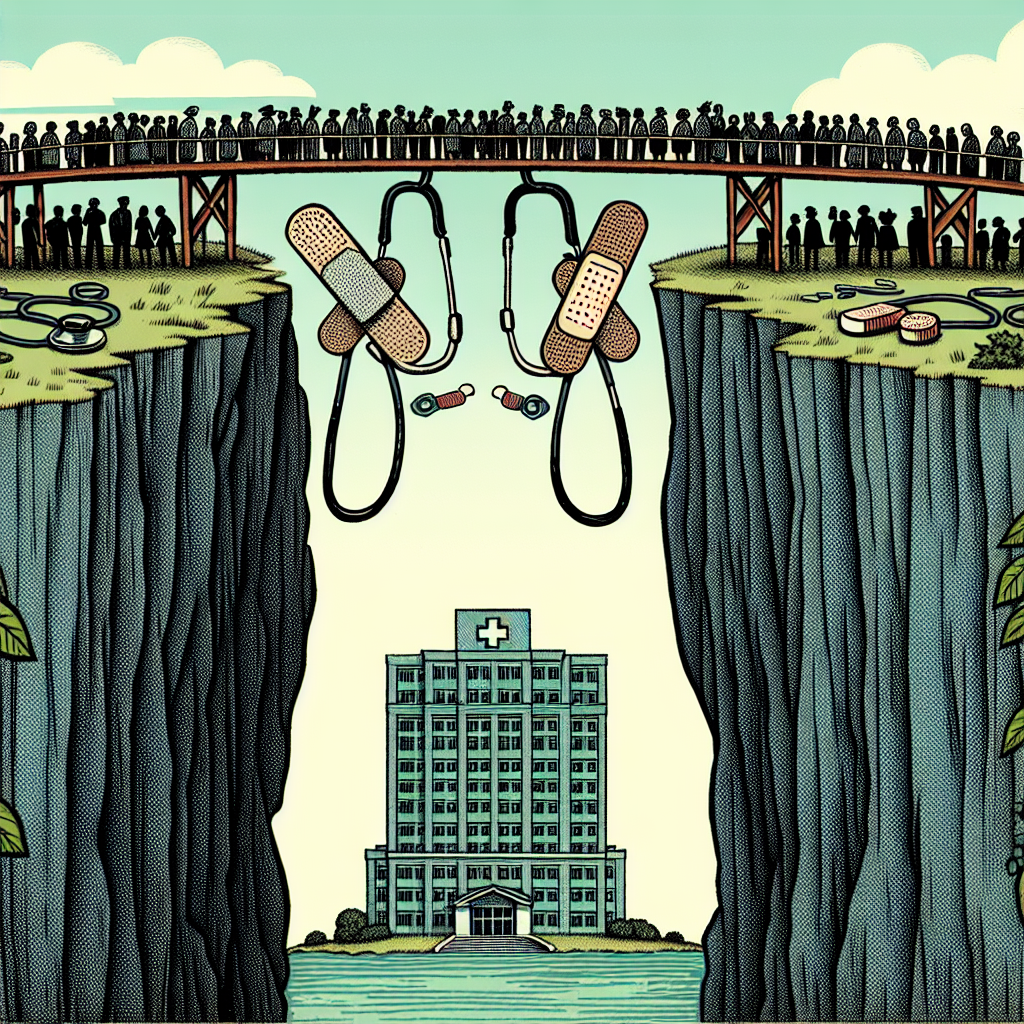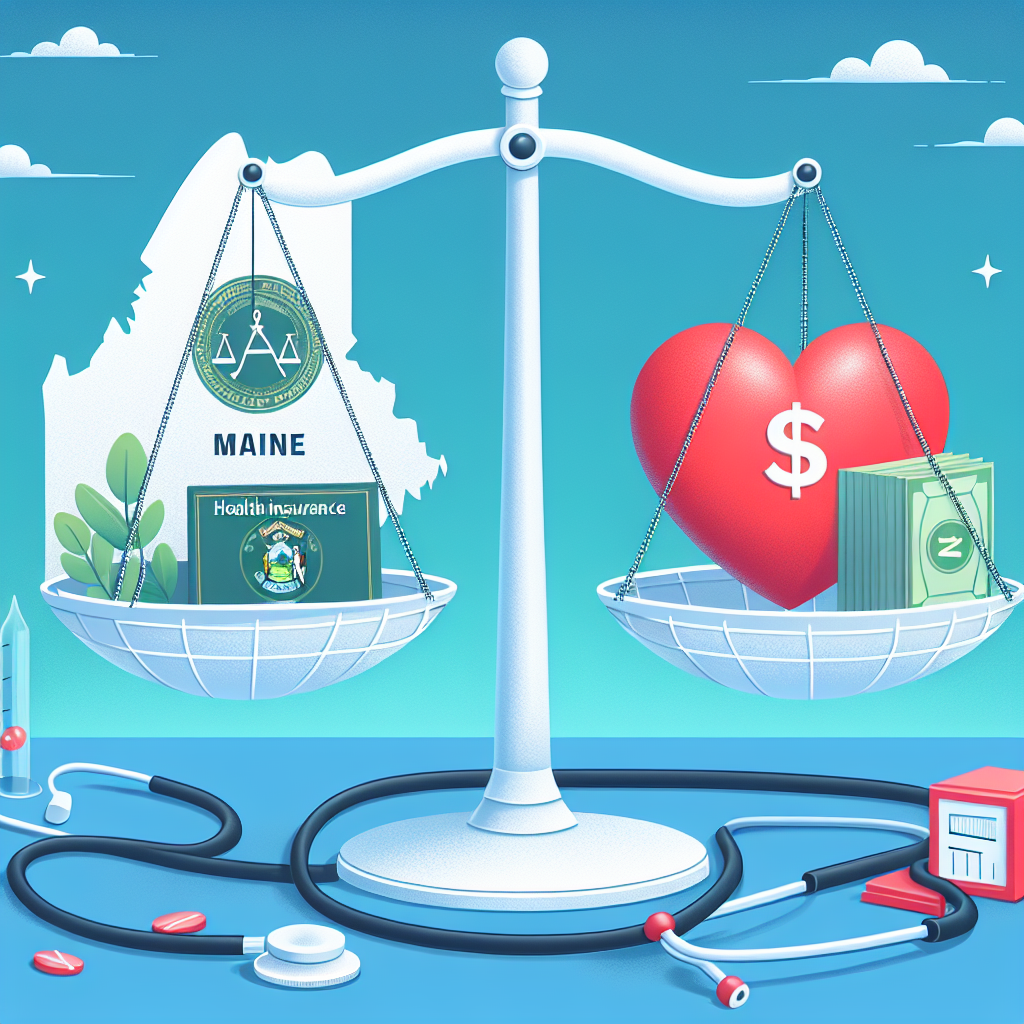Filed under Health Insurance on
Understanding Gap Health Insurance Coverage Options

In today's ever-evolving health care landscape, staying ahead of insurance coverage options can be daunting. Whether due to fluctuating employment status or unexpected health issues, gaps in health insurance can occur, leaving consumers at risk of significant medical costs. Enter gap health insurance policies—valuable tools designed to fill voids in coverage and provide peace of mind when you need it most.
What is Gap Health Insurance?
Gap health insurance, often referred to as supplemental insurance, serves as a temporary or additional cushion to traditional health insurance policies. Its primary purpose is to cover costs that your primary insurance may not fully manage, such as deductibles, copayments, or for specific medical events like accidents or critical illnesses.
The policy can act as a bridge during transitional periods where you might be without standard health insurance coverage—think of life events such as changing jobs, retiring early, or waiting for other insurance coverage to kick in.
Types of Gap Health Insurance Coverage
1. Critical Illness Insurance
Critical illness insurance pays a lump sum if you're diagnosed with severe health conditions such as cancer, heart attack, or stroke. This payout can be used to cover medical treatments that aren’t included in your primary insurance or to support daily living expenses as you recover.
2. Accident Insurance
If you suffer an accidental injury, accident insurance can help cover the associated medical expenses. This type of gap insurance provides peace of mind and financial protection as accidents can happen when least expected.
3. Hospital Indemnity Insurance
Hospital indemnity insurance provides a fixed cash benefit to help cover hospital-related costs not covered by your health insurance, like hospital stays, surgeries, or emergency room visits. This additional support reduces the financial burden during extended hospital admissions.
4. Travel Medical Insurance
This policy is pivotal for those who travel frequently. It covers medical emergencies that arise outside of one’s home country, ensuring you receive necessary care without incurring overwhelming out-of-pocket expenses.
5. Prescription Gap Insurance
This plan helps manage the cost of prescription medications—filling the gap when traditional policies have limits on drug coverage. It is particularly beneficial for those requiring ongoing medication for chronic conditions.
Real-Life Examples of Gap Health Insurance Application
Consider Sarah, a 45-year-old marketing professional who recently moved jobs. Her new employer offers health insurance coverage that begins in 60 days. During this transition, Sarah opts for a short-term gap health insurance policy. Unfortunately, she slips while hiking and incurs substantial injuries, requiring surgery. However, thanks to her gap insurance coverage, she can focus on recovery rather than the heavy hospital bill.
Then, there's John, a self-employed graphic designer who purchased critical illness insurance years before. When diagnosed with cancer, his insurance provided a significant lump sum. This financial support allowed him to afford specialized treatments and cover living expenses as he focused on healing.
Benefits of Gap Health Insurance
- Cost-effective Protection: Gap insurance can be significantly cheaper than personal health insurance policies, offering affordable peace of mind against unexpected events.
- Flexibility and Customization: Unlike traditional insurance, gap policies can be tailored to suit specific needs, offering flexibility in policy terms and coverage limits.
- Simple Claims Process: Most gap insurance policies have straightforward claims processes with fewer bureaucratic hurdles, ensuring timely financial support in emergencies.
- Complementary Coverage: Gap policies complement your existing insurance, addressing specific areas of need without duplicating coverage, thus maximizing benefits.
Things to Consider When Selecting Gap Health Insurance
- Evaluate Your Needs: Consider gaps in your current health plan and assess the probability and potential cost of unmet healthcare needs.
- Understand Policy Terms: Thoroughly review terms, especially exclusions and limitations, to avoid unexpected surprises during a claim.
- Research Insurers: Choose reputable insurance providers with a strong customer service record and comprehensive policies.
- Cost Analysis: Ensure the premiums fit within your budget without compromising necessary coverage. Weigh costs against risk factors and potential savings.
- Compare Policies: Use tools and resources to compare different gap insurance offerings, ensuring you receive the best value for your coverage needs.
Ultimately, the goal is to select a plan that offers peace of mind and a financial safety net in case of unforeseen circumstances. Consulting with an insurance advisor may further assist in making informed decisions, tailored to your unique life situation.
Frequently Asked Questions about Gap Health Insurance
1. What is the primary purpose of gap health insurance?
Gap health insurance is designed to fill voids in your traditional health insurance coverage, covering extra costs like deductibles, copayments, or medical expenses from accidents and critical illnesses that standard plans may not fully cover.
2. Can gap health insurance replace my primary health insurance?
No, gap health insurance is not meant to replace primary health insurance. It complements existing policies by covering areas that your main insurance may not fully manage. Always have a comprehensive health insurance plan as your primary coverage.
3. How long does gap health insurance coverage typically last?
The duration of gap health insurance varies based on the policy type and provider. Some plans are designed for short-term use during specific transitions, while others, like critical illness or accident policies, can be long-term with ongoing benefits.
4. Is it possible to purchase gap health insurance independently?
Yes, individuals can purchase gap health insurance independently through various insurance providers. Many employers also offer these policies as part of their benefits packages, providing another avenue for acquisition.
5. What does gap health insurance not cover?
Gap health insurance typically does not cover routine medical care, long-term care, or pre-existing conditions unless specifically stated in the policy. Always review policy details to understand coverage limitations thoroughly.
Understanding and leveraging gap health insurance can offer a financial buffer during unexpected medical events, ensuring you maintain financial stability and access to necessary care when your standard coverage falls short. By evaluating your personal needs and carefully selecting the right policy, you can confidently navigate through life’s health care challenges.





